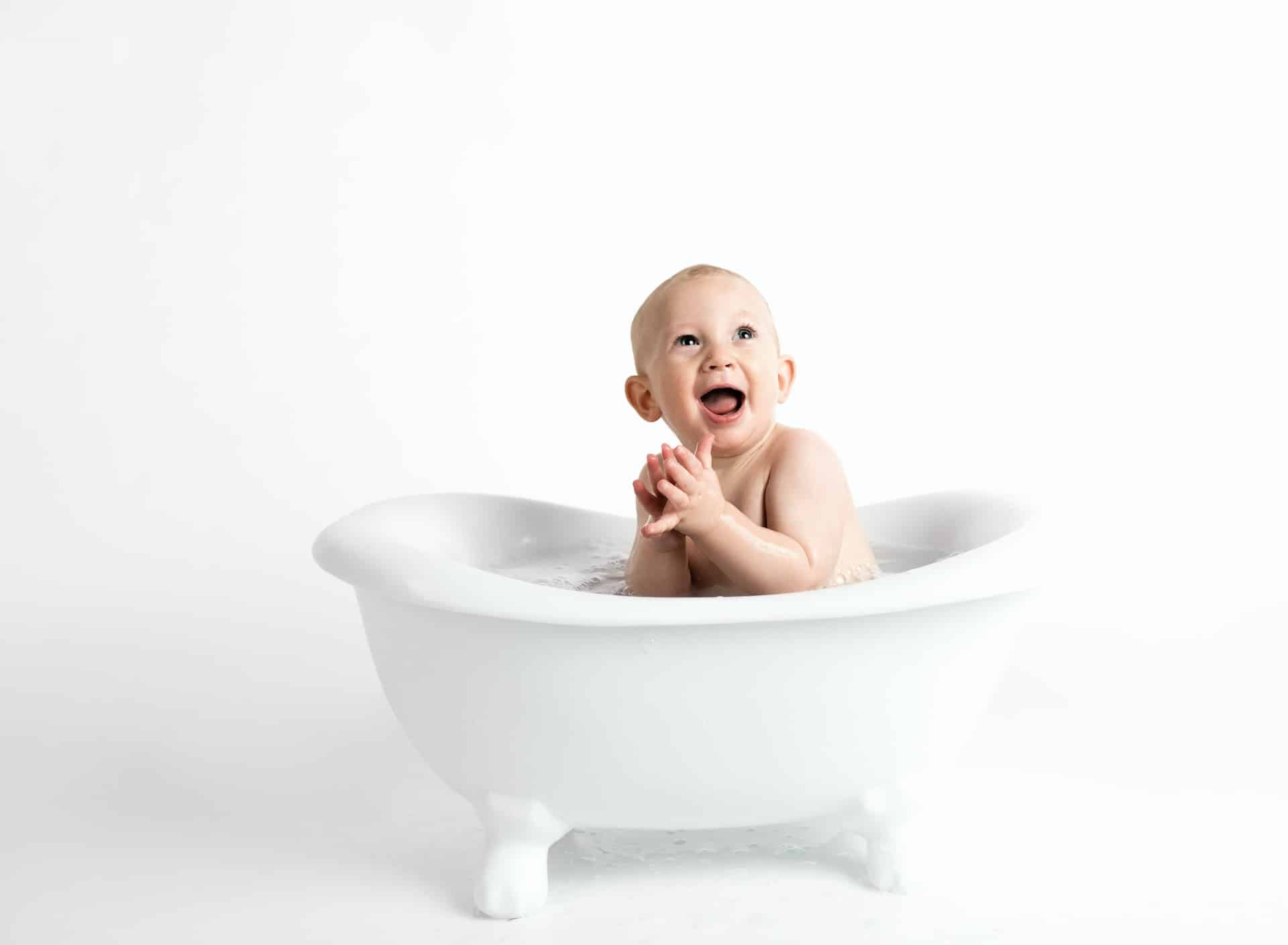
Foam, tasty aroma, stylish packaging are quite subjective criteria for choosing cosmetics, especially for the youngest. Absolutely different requirements apply to products for children. Find out how to choose a product that is safe and gentle for the skin!
There is a mass of harmful substances present in cosmetic products. We will draw your attention only to those ingredients that can – and should not – be found in hygiene products for children.
1. SLS and SLES – aggressive surfactants that disrupt the hydrolipid balance, irritate the skin and inhibit tissue regeneration processes.
2. Disodium EDTA – a synthetic preservative and stabilizer. In combination with other compounds, it forms carcinogenic nitrosamines.
3. Phenoxyethanol – even the best newborn care products can contain this aggressive preservative – a culprit of skin and mucous membrane irritation.
4. Cocamide DEA – Frequent contact with this substance causes redness and rashes. It’s a popular foaming agent, so pay attention to it when you’re looking for a baby bath lotion with foam.
Baby lotions should not contain soaps and dyes that irritate mucous membranes, as they are very likely to get into the baby’s eyes and mouth during bathing. Bathing liquids can be used from the first days of a toddler’s life, provided that the label has the appropriate information. When there is no such mention, the product can be used no earlier than after the age of three.
We all know how children like bathing in foam. Don’t take this pleasure away from them, but pay attention that the bath liquid does not have the above-mentioned harmful substances in it. Try to choose products from well-known cosmetic brands. Any cosmetics that come into contact with a baby’s delicate skin, especially in the first year of life, should be developed taking into account the specific skin structure of newborns and infants and undergo clinical tests.
It is not true that a baby can be poisoned by the foam from the bath lotion – if, of course, you are dealing with a quality product. Of course, the foam is not intended for internal use, so make sure your baby doesn’t take it in his mouth.
If the baby bath foam contains ingredients of natural origin, pay attention to their form. They can be in the form of oils, extracts and essential oils. The latter only impart fragrance. If you expect a different effect from the product, look for extracts in the list of ingredients. Choose foams that include extracts from plants: aloe vera, chamomile, calendula, lemon balm and sage. The latter have an anti-inflammatory effect and protect the skin from irritation.
In general, the fewer mineral ingredients in a cosmetic, the better. Foam should not contain synthetic oils, dyes and preservatives. If you are unsure about the effect of certain ingredients, ask the manufacturer about them. It’s also a good idea to consult a pediatrician before buying a new product that will come into contact with your baby’s skin to avoid negative reactions.
main photo: unsplash.com/Henley Design Studio